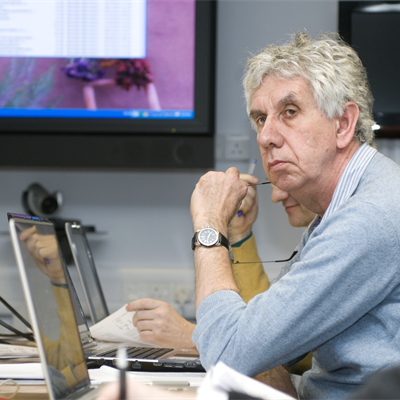
Jerry was a private and unassuming character, and a very special scientist whose abilities and contribution were probably never fully recognised. I shared an office with him when he first joined ISIS in its very early days in 1979, and this established my respect for him as a scientist and as a thoughtful individual. His background was not neutron scattering, but his deep knowledge of quantum and solid state physics meant that he was quickly at home with his new scientific direction. Prior to ISIS being operational, he worked initially on polarised neutrons using polarising filters.
Once ISIS was operational, his career focussed on high eV neutron spectroscopy for the measurement of proton momentum distributions using neutron Compton scattering, deep inelastic neutron scattering, and related phenomena. By the time of his retirement in 2012, his some150 publications established him as one of the experts in his field; developing the associated experimental techniques and analysis methods, which culminated in the VESUVIO instrument (Meas. Sci. Technol, 2012, 23, 045902). The technique has now been applied to a wide range of scientific problems. For me, two of his earlier key papers, Quantum effects in deep inelastic neutron scattering (Phys. Rev. B, 1990, 41, 41), and Measurement of the proton wavefunction of molecular hydrogen by neutron Compton scattering (Phys. Rev. Lett. 1993, 71, 1553) summarise his profound contribution to the field.
Jeff Penfold, 24 May 2024
Left to right: Srinivas Paranjpe, Jerry Mayers, Steve Hull, John Loveday at RAL on 25 May 1989.
